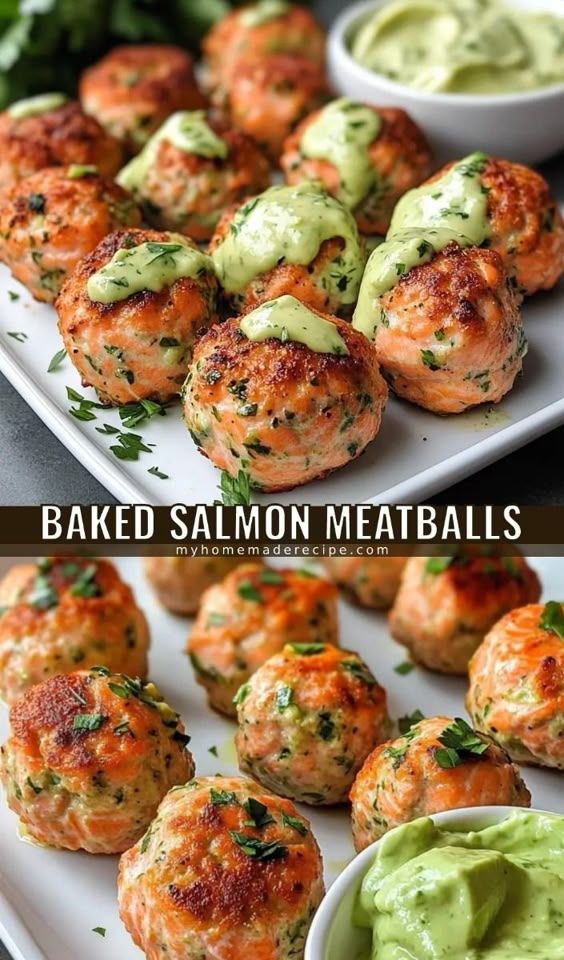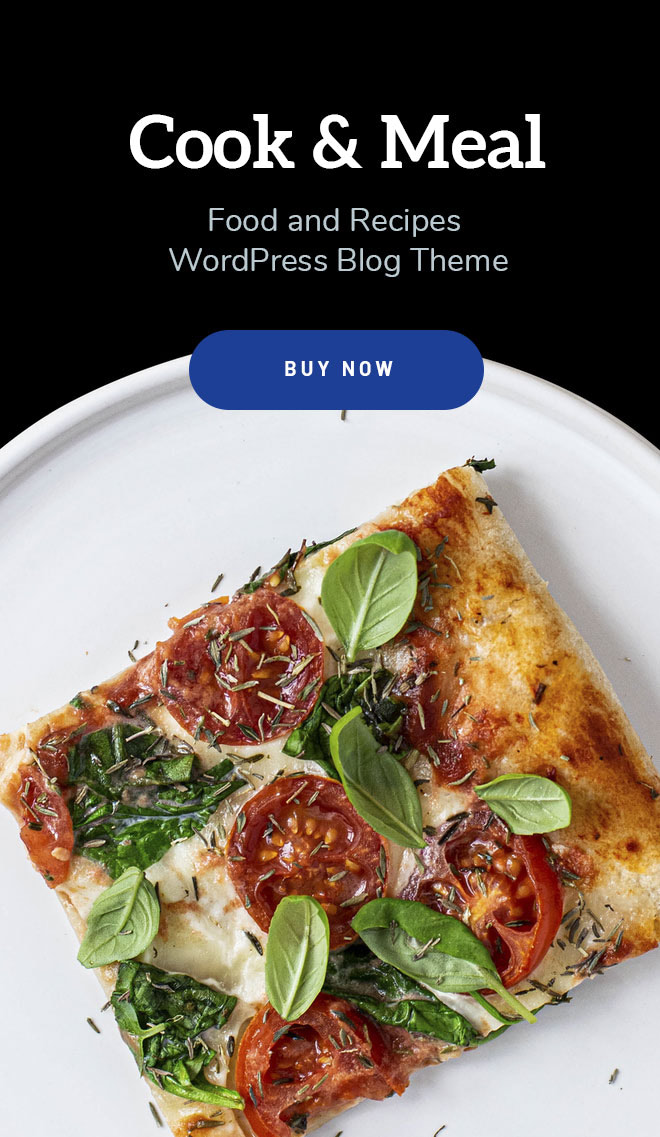
The Seaside Supper That Changed Me
It was a misty evening on the Oregon coast, at a friend’s beach house, when I first dreamed up salmon meatballs. We’d spent the day fishing, pulling in a gleaming wild salmon under a sky heavy with salt and promise. That night, with a crackling fire and a bottle of Sauvignon Blanc, we didn’t want another grilled fillet. I wanted something fun, comforting, but still honoring the fish’s fresh, buttery flavor. Rifling through the pantry, I found breadcrumbs, herbs, and a ripe avocado begging to be used. My first attempt was a little crumbly—too much enthusiasm, not enough binder—but the second batch, paired with a creamy avocado sauce, was magic. The meatballs were tender, bursting with lemon and dill, and the sauce was a cool, zesty dream. I burned my fingers sneaking one from the oven, but that bite, dipped in velvety avocado, was worth every sting. This recipe is my love letter to that night, refined over years of tweaking and tasting.
These baked salmon meatballs with avocado sauce are a lighter, healthier twist on comfort food, blending the richness of salmon with a vibrant, creamy sauce. Perfect for dinner parties, meal prep, or a cozy night in, they’re easy to master with a few tricks. I’ll share every lesson I’ve learned—crumbly disasters included—so you can make them shine.
Why Baked Salmon Meatballs Are Special
What makes this dish unique? These meatballs swap traditional beef or pork for salmon, delivering omega-3s and a delicate, buttery flavor in a fun, bite-sized package. Baked instead of fried, they’re light yet satisfying, with fresh dill and lemon zest adding brightness. The avocado sauce—creamy, tangy, and spiked with lime—elevates them beyond the usual meatball fare. Unlike heavy meatballs in marinara, these are fresh and versatile, great as an appetizer, main, or salad topper. They’re forgiving, too—slightly overmix, and they still hold together, making them perfect for beginners or pros.
Ingredients: The Heart of the Dish
Every ingredient here is chosen for flavor and balance, honed through beach house experiments and home kitchen triumphs. From coastal markets to supermarket runs, here’s what you need.
- Salmon (1 lb, fresh, skinless): Wild-caught like Alaskan sockeye for rich flavor and sustainability. Farmed works but is milder—ask your fishmonger for the freshest cut. Canned salmon (drained, 15 oz) is a budget option, but fresh is king. Pro tip: I once used slightly fishy salmon, and it tainted the dish—sniff for a clean, ocean scent.
- Avocado (1, ripe): For the sauce. Ripe but firm—press gently; it should yield slightly. Hass avocados are creamy and reliable. No avocado? Greek yogurt with extra lime can mimic the texture.
- Greek Yogurt (1/4 cup, plain, full-fat): Fage or Chobani for the sauce’s creamy backbone. Low-fat is thinner—avoid it. Sour cream works but adds richness.
- Lime (2, fresh): Juice and zest for the sauce, plus wedges for serving. Fresh is non-negotiable; bottled juice lacks zing. I tried it once, and the sauce fell flat.
- Breadcrumbs (1/3 cup, plain): Progresso or panko for binding. Gluten-free breadcrumbs like Ian’s work well. Too much made my first batch dense—measure carefully.
- Egg (1, large): Binds the meatballs. No sub here—I skipped it once, and the meatballs crumbled like sandcastles.
- Fresh Dill (2 tbsp, chopped): For herbaceous brightness. Dried dill (1 tsp) works in a pinch but lacks vibrancy. Parsley can sub but changes the flavor.
- Garlic (2 cloves, minced): Fresh only—jarred is too mild. Mince finely to avoid chunks. I burned garlic in a test batch, and it was bitter—low heat is key.
- Lemon (1, fresh): Zest for the meatballs. Adds brightness without overpowering. Lime zest can sub but is sharper.
- Olive Oil (1 tbsp, for baking): Colavita extra virgin for brushing. Avocado oil works for high heat.
- Green Onions (2, thinly sliced): For garnish. Adds a sharp, fresh bite. Chives are a fine sub.
- Spices (paprika, salt, black pepper): McCormick smoked paprika (1/2 tsp) for warmth, plus 1 tsp salt and 1/2 tsp pepper. I over-spiced once—taste the mix before forming.
Substitutions That Keep the Magic
- No fresh salmon? Canned salmon (drained) or cooked cod works, but adjust cooking time (canned needs less). Tuna is too strong.
- No avocado? Greek yogurt or mashed ripe banana with extra lime for creaminess, though it’s less rich.
- No dill? Parsley or cilantro, but dill’s unique with salmon. I tried basil once, and it clashed.
- Gluten-free? Use gluten-free breadcrumbs or almond flour (1/4 cup).
- Egg-free? Try 2 tbsp mashed avocado or Greek yogurt as a binder, but patties may be softer.
Tools: Simple Setup, Big Flavor
You don’t need a fancy kitchen. I’ve made these in a beach house with a basic oven and in my city apartment with a rickety baking sheet. Here’s the gear:
- Food Processor: For grinding salmon and blending sauce. No processor? Finely chop salmon with a sharp knife. My Wüsthof knife saved me when my processor died.
- Baking Sheet: Nordic Ware for even baking. Line with parchment to prevent sticking—I skipped this once, and cleanup was a nightmare.
- Mixing Bowl: For combining ingredients. Glass or stainless steel avoids fishy odors.
- Blender: For smooth avocado sauce. A fork works for a chunkier texture, but blend for Outback-level creaminess.
- Spatula: For shaping and flipping. Silicone is heat-resistant.
Do I need a special tool like a meatball shaper? Nope. Hand-roll for rustic charm. A baking sheet and oven are all you need, though a thermometer (145°F/63°C for salmon) ensures perfection.
Step-by-Step: Crafting Coastal Comfort
This recipe makes 12–14 meatballs (serves 4) and takes about 45 minutes. Preheat your oven to 400°F (204°C).
Step 1: Prep the Salmon
Remove skin and bones from salmon, then pulse in a food processor until finely chopped but not pasty (about 5 pulses). No processor? Chop finely with a knife. I over-processed once, and the meatballs were gummy—pulse lightly.
Step 2: Mix the Meatballs
In a large bowl, combine chopped salmon, 1/3 cup breadcrumbs, 1 egg, 2 tbsp chopped dill, 2 minced garlic cloves, zest of 1 lemon, 1/2 tsp paprika, 1 tsp salt, and 1/2 tsp pepper. Mix gently with your hands—overmixing toughens the meatballs. I overworked a batch once, and they were chewy—be light-handed.
Step 3: Form the Meatballs
Roll mixture into 1.5-inch balls (about 2 tbsp each), placing them on a parchment-lined baking sheet. You should get 12–14 meatballs. Chill for 10 minutes to firm up. I skipped chilling once, and they spread too much—don’t skip this.
Step 4: Bake the Meatballs
Brush meatballs lightly with 1 tbsp olive oil. Bake for 12–15 minutes until golden and 145°F (63°C) internally. Don’t overbake—I did once, and they dried out. Check at 12 minutes.
Step 5: Make the Avocado Sauce
In a blender, combine 1 ripe avocado, 1/4 cup Greek yogurt, juice of 1 lime, 1 tbsp chopped dill, a pinch of salt, and 1–2 tbsp water for smoothness. Blend until creamy. Taste and adjust—more lime for tang, more yogurt for richness. I made a too-thick sauce once—add water slowly.
Step 6: Serve with Flair
Transfer meatballs to a platter, drizzle with avocado sauce, and sprinkle with green onions. Serve extra sauce on the side with lime wedges. I forgot the garnish once, and the dish looked plain—don’t skip the green pop.
Common Mistake: Overmixing or overbaking. Mix gently and check doneness early to keep meatballs tender. I learned this after a batch turnedFAC turned into rubber.
Pairings, Variations, and Serving Ideas
What drinks pair well with this dish? A crisp Sauvignon Blanc or Pinot Grigio complements the salmon’s richness and the sauce’s tang. Non-alcoholic? San Pellegrino lime or Lipton lemon iced tea. I tried a heavy red wine once, and it overpowered—stay light.
Side Dishes: Serve with a quinoa salad, roasted asparagus, or sweet potato wedges (like Alexia brand). A cucumber-dill salad with yogurt dressing echoes the sauce.
Variations:
- Spicy Kick: Add 1/2 tsp red pepper flakes to the meatballs or 1 tsp sriracha to the sauce.
- Herb Swap: Try cilantro or parsley instead of dill for a different vibe.
- Low-Carb: Serve over zucchini noodles or a bed of arugula.
- Gluten-Free: Use gluten-free breadcrumbs or almond flour.
- Creamier Sauce: Add more Greek yogurt for a richer sauce.
Serving Tip: Serve as a main with sides, an appetizer with dipping sauce, or atop a salad. Extra sauce is a must—I ran out once, and my guests revolted.

